A primer on Air Force special operations jobs for officers
- By Frumentarius
Share This Article
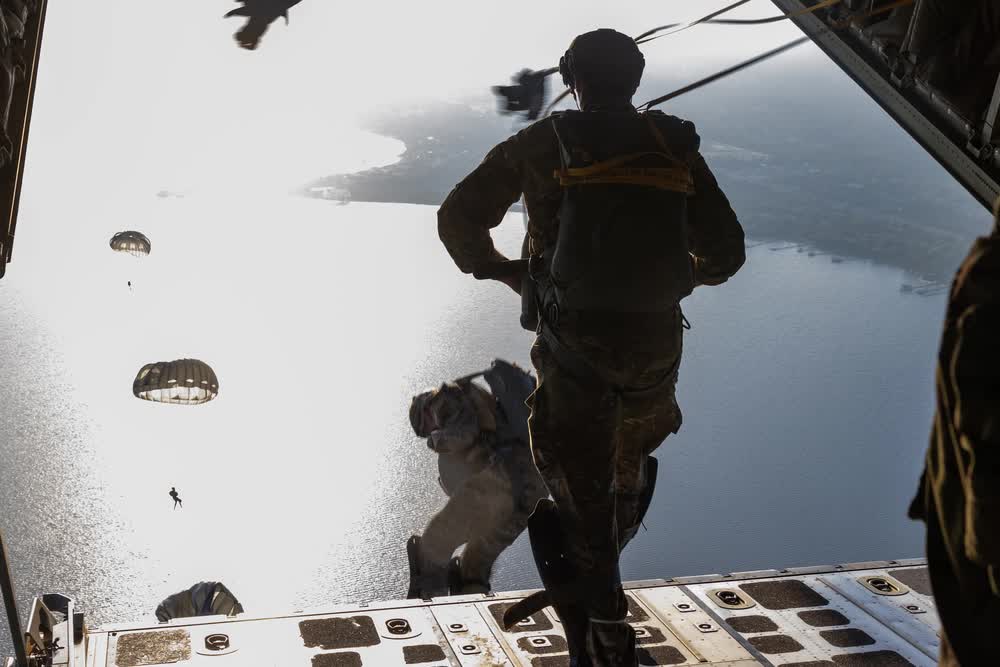
Of all the various special operations units within the U.S. military, the one perhaps least known or understood by the general public is the U.S. Air Force’s Special Operations Wing (24 SOW) – not to be confused with the similarly named 24th Special Operations Squad.
Comprised of Special Tactics Squadrons based both in the continental U.S. and abroad, the 24 SOW falls under Air Force Special Operations Command (AFSOC). While nearly everyone has heard of the Navy SEALs, the Green Berets, Delta Force operators, Army Rangers, and even Marine Raiders, if you ask a random citizen if they have heard of Special Tactics Teams made up of Combat Controllers, Pararescuemen, Critical Role Officers, or Special Tactics Officers, you’ll most times receive a quizzical look in response.
The mission set of the 24 SOW includes global access, precision strike, personnel recovery, and battlefield medicine. “Global access” means securing or establishing airfields in both hostile and non-hostile environments. It could be anything from parachuting into a war zone and setting up a dirt landing strip, to assessing and securing a major international airport. “Precision strike” refers to call-for-fire missions, in which ground troops direct aircraft in providing air support or prosecuting targets on the ground. Personnel recovery is essentially technical rescue in austere environments, or bringing home American service members from behind enemy lines (and in peacetime, as required). Finally, battlefield medicine is exactly what it sounds like, in which small highly-trained teams provide medical support in austere and hostile environments.
There are two primary roles for Air Force officers within the 24 SOW and its component units: the Special Tactics Officer (STO; pronounced “stowe”); and the Combat Rescue Officer (CRO; pronounced “crow”). While all STOs fall under AFSOC and belong to the Special Tactics community, only a fraction of CROs fall under AFSOC with most of them belonging to the conventional Air Force’s Air Combat Command instead.
Special Tactics Officer
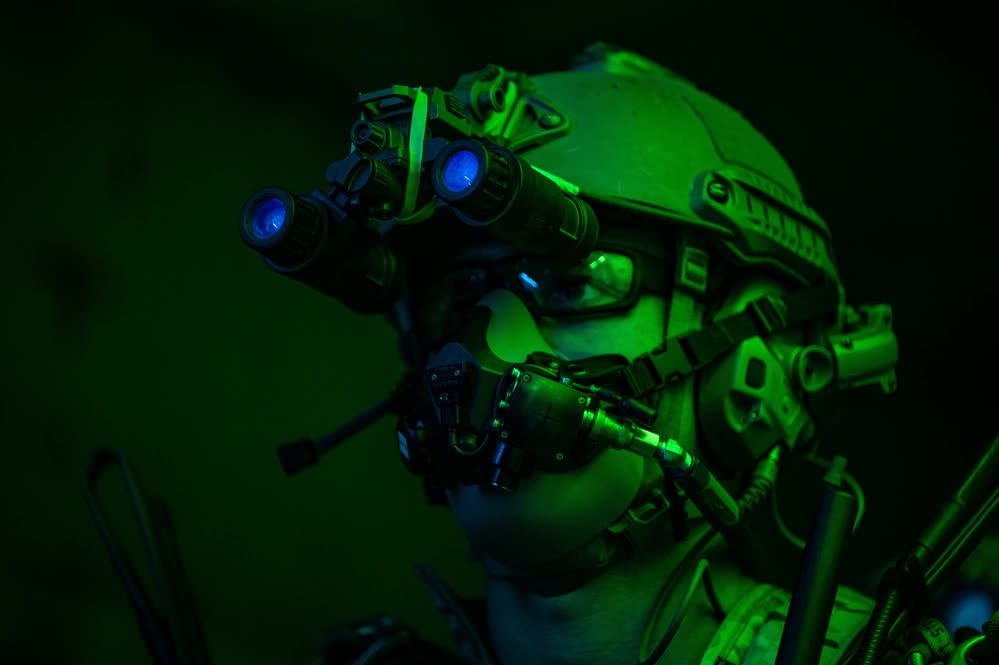
A STO is an Air Force special warfare officer who provides command and control of Special Tactics Teams (STTs). Those STTs provide precision strike capability, integration of ground and air assets, global access, personnel recovery, combat search and rescue, and battlefield trauma care. A STO – as a team leader of an STT – plans and executes special reconnaissance, strike, and personnel recovery missions, while some also operate at higher levels of command, coordinating employment of multiple Special Tactics Teams within an operations section of a particular command.
Related: Marine Raiders vs. Green Berets: What you need to know
Combat Rescue Officer
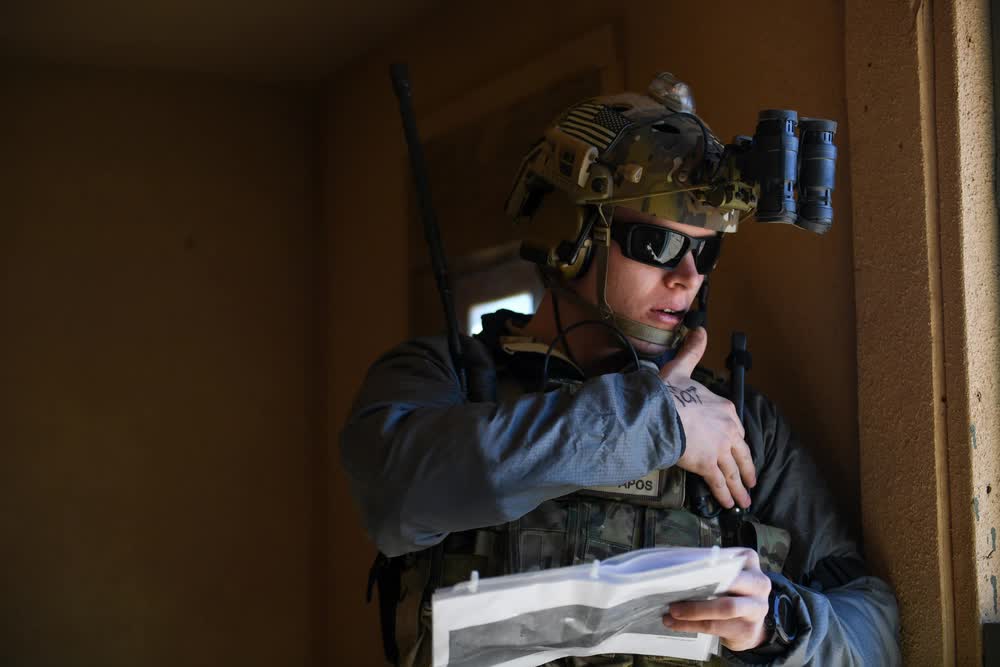
An AFSOC Combat Rescue Officer is focused on rescue operations and personnel recovery missions for SOCOM (Special Operations Command). CROs are part of Special Tactics Teams within the 24 SOW but do not receive assignment there until they have completed the CRO training pipeline within the conventional Air Combat Command first. This is the primary difference between the training pipelines for STOs and CROs.
Selection and training
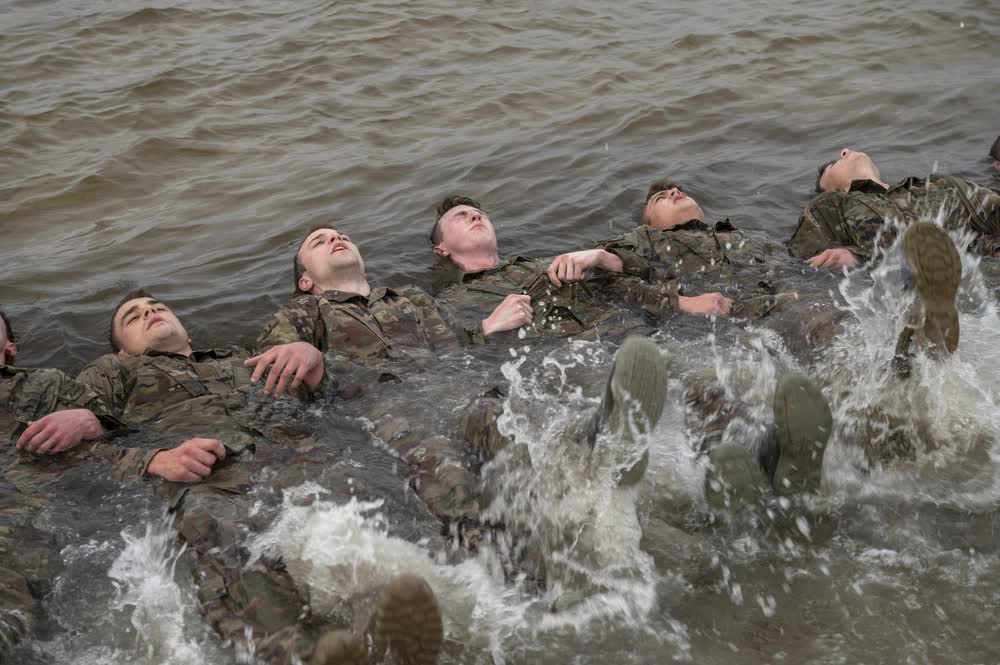
The initial fitness test for a candidate CRO/STO is a minimum of 12 pull-ups in one minute, 75 sit-ups in two minutes, 64 push-ups in two minutes, a three-mile run in under 22 minutes, a 1,500-meter swim in under 32 minutes, and an underwater (breath-hold) swim of 25 meters. Those are respectable numbers, but of course, all candidates will shoot to surpass the minimum. Maximum points are awarded for 16 pull-ups, 95 sit-ups, 80 push-ups, a 20-minute run, and a 24-minute swim in the allotted times. This part of the process is referred to as “Phase I.”
After successfully applying for and gaining entry into the program, a CRO/STO then proceeds to Phase II of the application process. Phase II is a week-long “selection” program at Hurlburt Field, Florida. This phase is highly rigorous and tests trainees’ mental, physical, and leadership abilities. Attributes tested and evaluated include psychological fitness, writing and briefing skills, problem-solving skills, leadership ability, and physical fitness and endurance. Candidates can expect ruck marches of up to 12 miles, runs of up to five miles, calisthenics, surface swims, and “water confidence” evolutions. The latter include underwater swims, treading water, drown-proofing, buddy breathing, and mask/snorkel recovery.
According to the scant data available online, only 20-25 percent of candidates make it through Phase II. Those who do must then receive acceptance into the training pipeline. In other words, some will finish the week-long selection phase, but not receive permanent orders to the program. That is all part of the selection process, of course. Those who do get selected receive permanent change of station (PCS) orders to Hurlburt Field. That’s when the actual two-year training program begins. It includes all aspects of a CRO or STO’s job, including but not limited to tactical air control, combat control, combat search and rescue, combat medicine, weapons, static-line and free-fall parachuting, and much more.
Check out this episode of the Ones Ready podcast for additional and valuable information on the Special Tactics Officer and Combat Rescue Officer positions, and the training pipeline.
Feature Image: U.S. Air Force Special Tactics Airmen from the 24th Special Operations Wing jump from the back of a U.S. Marine Corps KC-130J Hercules, assigned to Marine Aerial Refueler Transport Squadron (VMGR) 252, during a flight over Hurlburt Field, Florida, April 26, 2023. (U.S. Marine Corps photo by Lance Cpl. Orlanys Diaz Figueroa)
Read more from Sandboxx News
- How the Korean War gave birth to the CIA’s first paramilitary unit
- This is why the Colt M1903 was the pistol of choice of the OSS
- Russia can’t conduct maneuver warfare – and this is costing it a lot
- ‘Send me’ – 31 years after the Battle of Mogadishu
- Army’s future helicopters could be more autonomous and launch their own drones
Related Posts
Sandboxx News Merch
-

‘AirPower’ Classic Hoodie
$46.00 – $48.00 Select options This product has multiple variants. The options may be chosen on the product page -

‘Sandboxx News’ Trucker Cap
$27.00 Select options This product has multiple variants. The options may be chosen on the product page -

F-35 ‘Lightning’ Framed Poster
$45.00 – $111.00 Select options This product has multiple variants. The options may be chosen on the product page
Frumentarius
Frumentarius is a former Navy SEAL, former CIA officer, and currently a battalion chief in a career fire department in the Midwest.
Related to: Special Operations
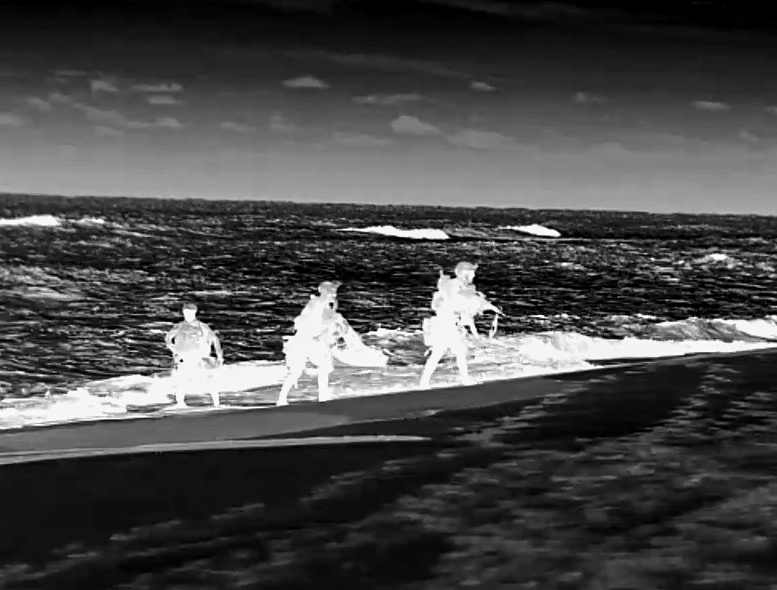
This is how Navy SEALs conduct “over-the-beach” operations
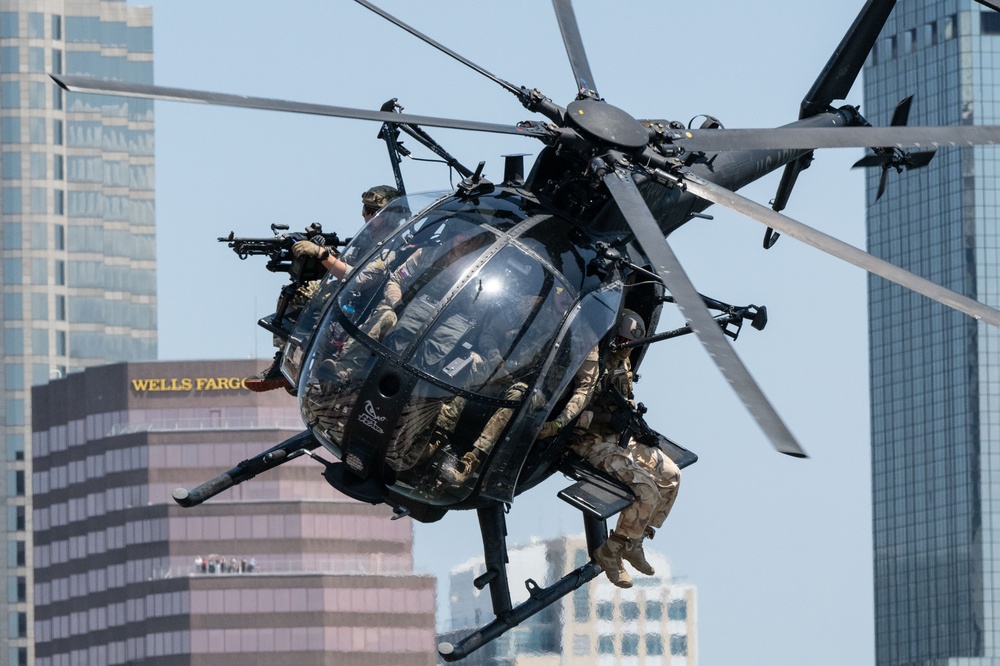
A Delta man’s failure to follow instructions was more than it seemed
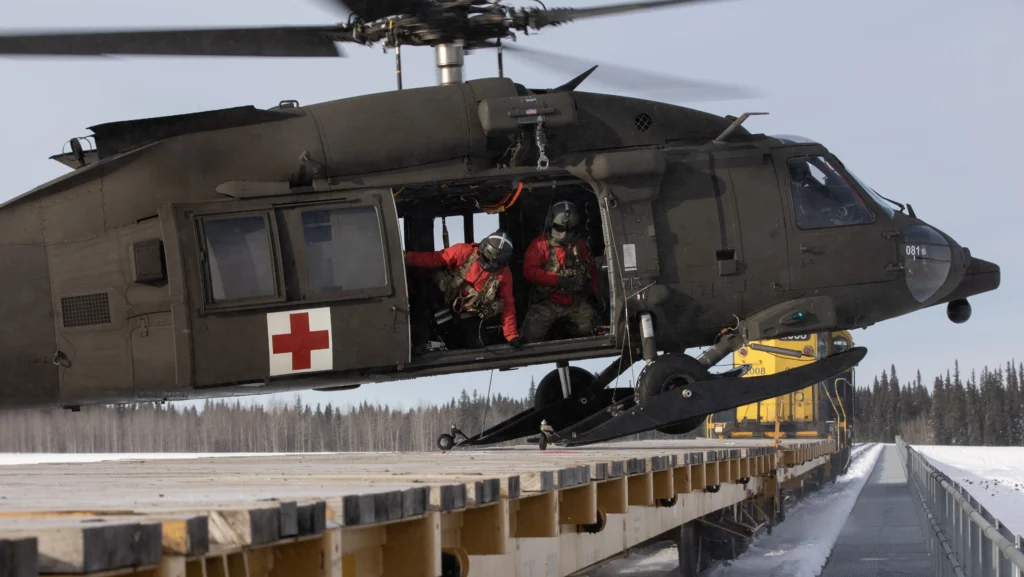
Soldiers in Alaska landed their Black Hawk on a train in a special ops exercise
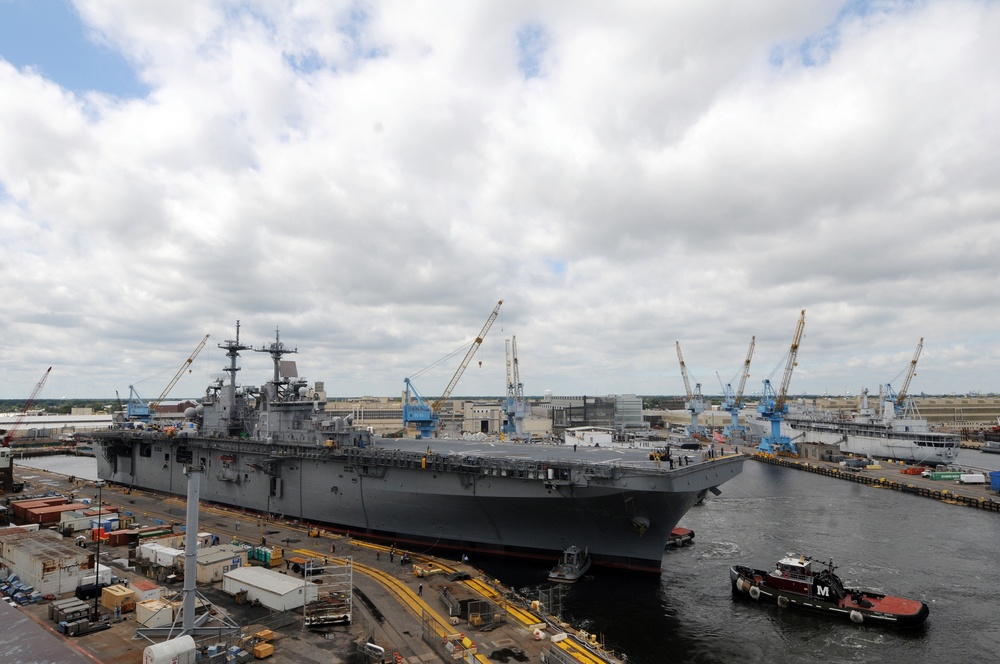
Fixing the US Navy’s shipbuilding problems starts with the workers, agency analysts say
Sandboxx News
-

‘Sandboxx News’ Trucker Cap
$27.00 Select options This product has multiple variants. The options may be chosen on the product page -

‘AirPower’ Classic Hoodie
$46.00 – $48.00 Select options This product has multiple variants. The options may be chosen on the product page -

‘AirPower’ Golf Rope Hat
$31.00 Select options This product has multiple variants. The options may be chosen on the product page -

‘Sandboxx News’ Dad Hat
$27.00 Select options This product has multiple variants. The options may be chosen on the product page
